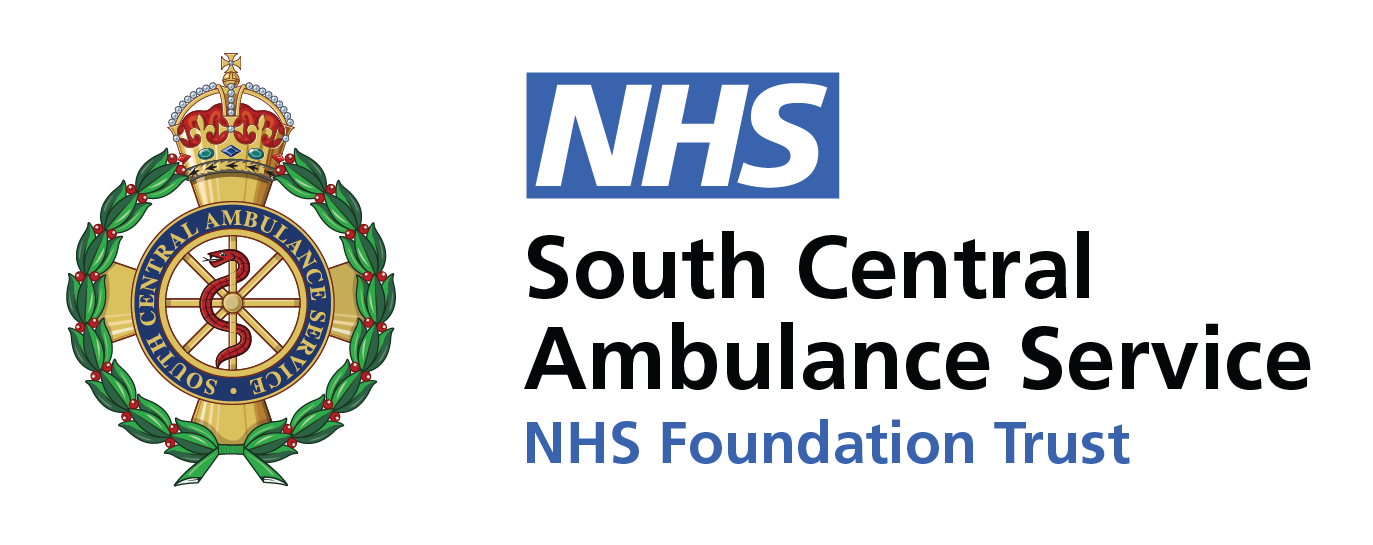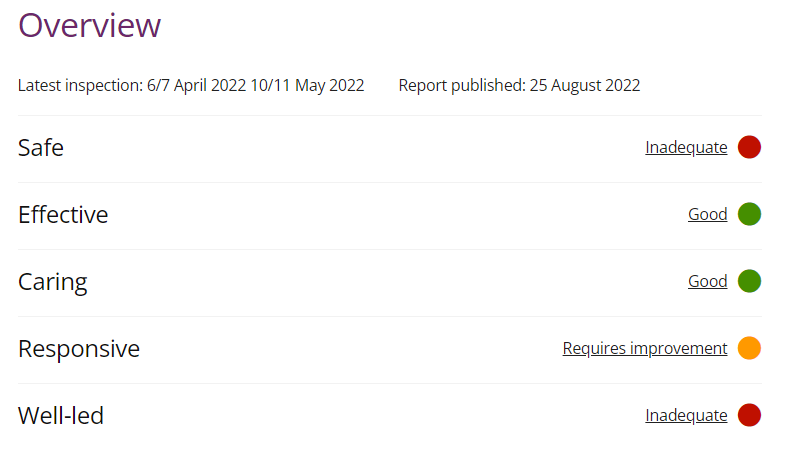Performance
National Ambulance Quality Indicators
All ambulance trusts submit performance data on a monthly basis and this is published by NHS England on the ambulance quality indicators section of their website.
SCAS Integrated Performance Reports
We publish an integrated performance report as part of the papers for public Board meetings that are held every other month. The report covers a range of activity, quality, workforce and financial performance.
Care Quality Commission
We are currently rated as Inadequate by the Care Quality Commission – based on a report published in August 2022. We are committed to improving and have already actioned many of the recommendations from the report.
You can read the full report on the CQC website
Inspections and ratings for specific services:
- Emergency operations centre (EOC) – 25 August 2022 – Requires improvement
- Resilience – 6 November 2018 – Good
- Patient transport services – 11 June 2020 – Good
- Emergency and urgent care – 25 August 2022 – Inadequate
Prioritising our response to help those most in need
While we want to respond to all patients as soon as we can, calls are prioritised based on clinical urgency. This is to ensure those who are most at risk get the life-saving care and treatment they require as quickly as possible.
There will be occasions when prioritisation means some patients will wait longer, particularly at times of significant pressure on the service.
We are working extremely hard within our own service and with our partners across the NHS to limit delays.

